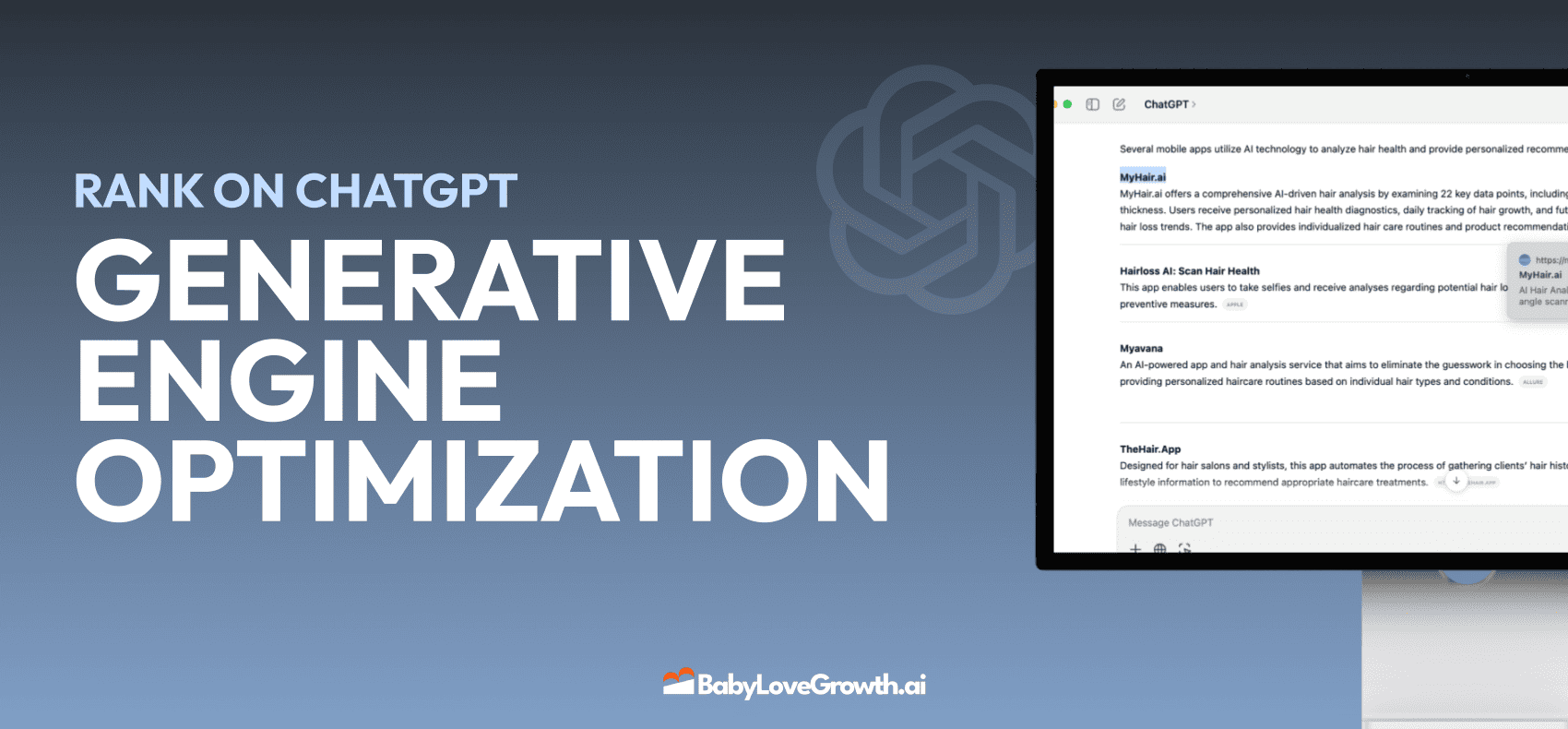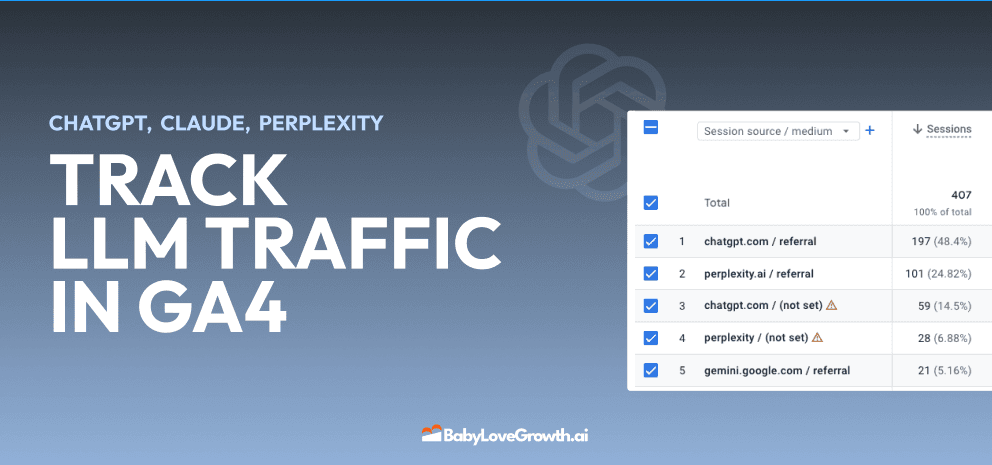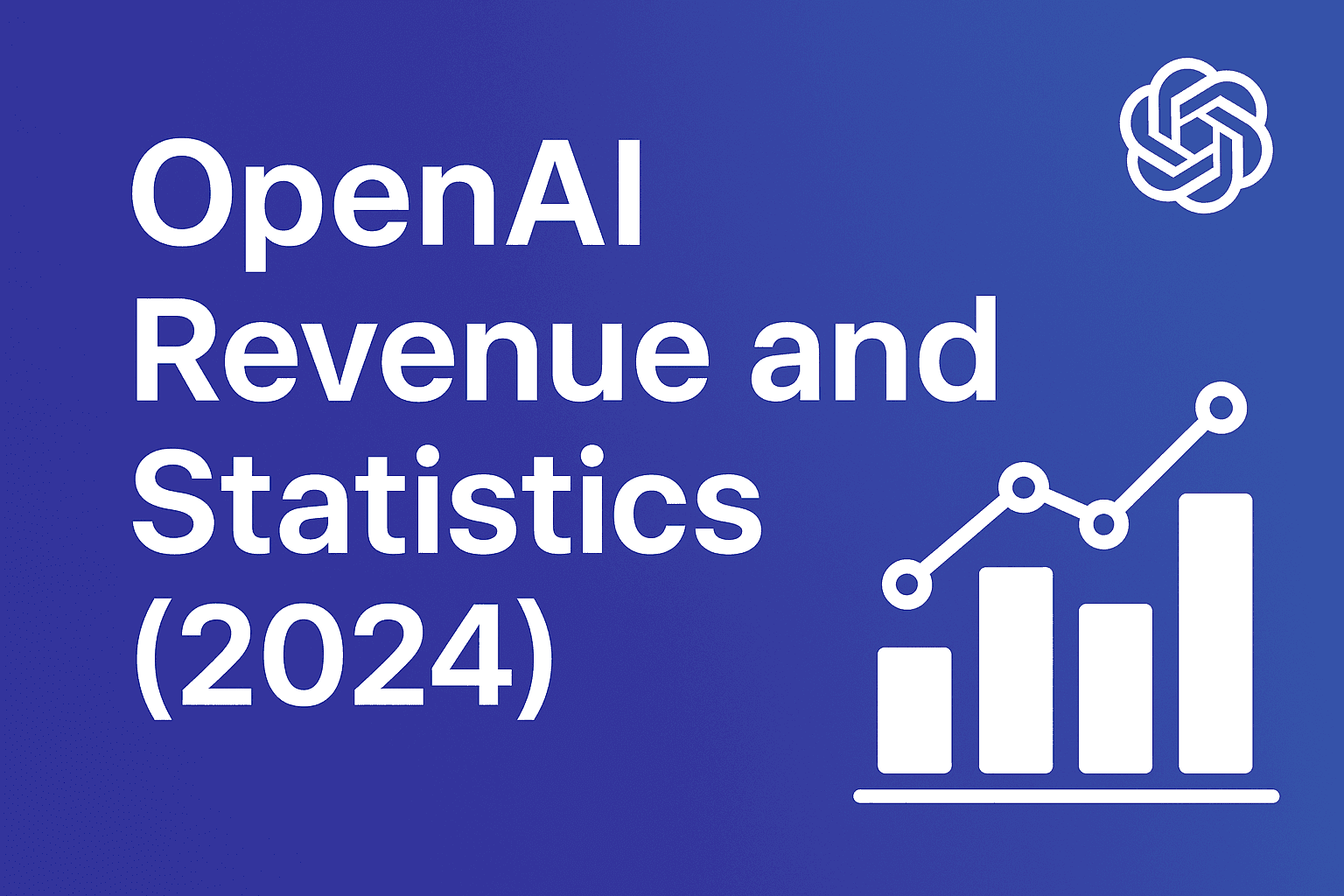Complete Guide to Website Analytics for Businesses


More than 90 percent of american businesses rely on website analytics to guide major digital decisions. The stakes are high because understanding who visits your site and how they interact can shape everything from marketing campaigns to product design. Mastering the basics of analytics unlocks insights that move beyond counting clicks, helping you make smarter choices and grow your business with confidence.
Table of Contents
- Website Analytics Defined and Core Concepts
- Types of Analytics Tools and Metrics
- How Website Analytics Work Behind the Scenes
- Practical Applications for Business Growth
- Common Pitfalls and Best Practices
Key Takeaways
| Point | Details |
|---|---|
| Understanding Website Analytics | Website analytics involves measuring and analyzing web data to optimize digital performance and user interactions. It enables data-driven decision-making for content, design, and marketing strategies. |
| Essential Analytics Tools | Businesses should select appropriate analytics tools that align with their objectives, categorizing them into traffic, conversion, user behavior, performance, and marketing analytics. |
| Data Quality Matters | High-quality data is crucial for reliable insights; businesses must implement rigorous validation processes and maintain consistent tracking standards. |
| Avoid Common Pitfalls | Common mistakes include data overload and confirmation bias; adopting best practices can improve the effectiveness of analytics. |
Website Analytics Defined and Core Concepts
Website analytics is a powerful approach for understanding digital performance and user interactions. According to Wikipedia, web analytics involves the measurement, collection, analysis, and reporting of web data to comprehend and optimize web usage. This process goes far beyond simply counting website visitors.
At its core, website analytics provides businesses with critical insights into how users interact with their digital platforms. These insights help organizations make data-driven decisions about content, design, and marketing strategies. Wikipedia emphasizes that effective web analytics extends into business and market research, allowing companies to assess and improve overall website effectiveness.
Key components of comprehensive website analytics typically include:
- Traffic Volume: Total number of visitors and page views
- User Behavior: How users navigate and interact with website pages
- Conversion Tracking: Measuring specific user actions like purchases or sign-ups
- Source Analysis: Understanding where website visitors originate
- Engagement Metrics: Time spent on site, bounce rates, and interaction depth
Additionally, arXiv highlights that modern marketing analytics encompasses advanced techniques like visualization, segmentation, and predictive modeling. These sophisticated approaches transform raw web data into actionable business intelligence, enabling more strategic decision-making. Website Traffic Analysis for 2025: Boost Growth and ROI can provide deeper insights into emerging analytical strategies for business growth.
Types of Analytics Tools and Metrics
Website analytics encompasses a diverse range of tools and metrics designed to provide businesses with comprehensive insights into digital performance. Hrcak highlights the critical importance of selecting appropriate analytics tools that align with specific business models and objectives.
The landscape of analytics tools can be broadly categorized into several key types:
- Web Traffic Analytics Tools: Measuring visitor volume, sources, and navigation patterns
- Conversion Analytics Tools: Tracking user actions and goal completions
- User Behavior Analytics Tools: Understanding interaction depth and engagement
- Performance Analytics Tools: Assessing website speed, responsiveness, and technical health
- Marketing Channel Analytics Tools: Evaluating performance across different digital platforms
According to research from IJERT, modern business analytics tools go beyond simple data collection. They provide sophisticated strategic decision-making support by transforming raw data into actionable insights. These advanced tools utilize complex algorithms and machine learning techniques to predict trends, identify opportunities, and optimize digital strategies.
For businesses looking to dive deeper into analytics strategies, Understanding SEO Analytics Tools for Your Business offers comprehensive guidance on selecting and implementing the most effective analytics solutions for your specific business needs. Choosing the right mix of analytics tools can transform your digital performance and provide a significant competitive advantage in today's data-driven marketplace.

How Website Analytics Work Behind the Scenes
Website analytics operate through complex data collection and processing mechanisms that transform raw digital interactions into meaningful insights. arXiv emphasizes the critical importance of high-quality data as the foundation for interpretable and trustworthy analytics processes.
The technical workflow of website analytics typically involves several key stages:
- Data Collection: Tracking user interactions through JavaScript tags, cookies, and tracking pixels
- Data Processing: Cleaning, filtering, and organizing raw data into structured formats
- Data Storage: Securely archiving information in databases for future analysis
- Data Analysis: Applying statistical models and machine learning algorithms
- Visualization and Reporting: Transforming complex data into understandable graphics and reports
Businesses seeking to understand the intricacies of their digital performance can explore Types of Website Traffic Explained: Essential Guide for 2025 to gain deeper insights into how website analytics transform raw data into strategic business intelligence. The key is not just collecting data, but interpreting it in ways that drive meaningful business decisions.
Practical Applications for Business Growth
Website analytics transform raw data into strategic business intelligence, enabling organizations to make informed decisions that directly impact growth. arXiv highlights how marketing analytics integrates advanced methods like visualization, segmentation, and predictive modeling to leverage complex datasets for strategic advantage.
Practical applications of website analytics span multiple business dimensions:
- Customer Behavior Insights: Understanding user preferences and interaction patterns
- Conversion Optimization: Identifying and improving user journey bottlenecks
- Marketing Campaign Performance: Measuring ROI and effectiveness of digital strategies
- Product Development: Gaining insights into user needs and feature preferences
- Competitive Benchmarking: Comparing performance against industry standards
For small businesses looking to leverage these insights, Top Digital Marketing Trends for Small Businesses offers a comprehensive overview of how data-driven strategies can transform digital performance. The key is translating complex analytics into actionable, growth-oriented strategies that respond dynamically to user behavior and market trends.
Common Pitfalls and Best Practices
Website analytics can be a powerful tool for business growth, but many organizations stumble when implementing and interpreting their data. SpringerLink emphasizes the critical importance of understanding visual analytics approaches and avoiding common data quality pitfalls that can derail strategic decision-making.
Common mistakes businesses often make in website analytics include:
- Data Overload: Collecting too much irrelevant information
- Confirmation Bias: Interpreting data to support preexisting beliefs
- Ignoring Context: Analyzing metrics in isolation without broader perspective
- Inconsistent Tracking: Failing to maintain consistent measurement standards
- Neglecting Data Quality: Using incomplete or inaccurate data sets
To ensure robust and reliable analytics, businesses should adopt these best practices:
- Implement rigorous data validation processes
- Establish clear analytics goals and key performance indicators
- Regularly clean and audit data collection methods
- Use multiple data sources to cross-verify insights
- Invest in continuous analytics training for team members
![]()
Unlock the True Potential of Your Website Analytics with AI-Driven SEO
Understanding website analytics can feel overwhelming with so many metrics, data points, and complex strategies involved. Businesses often struggle with data overload, inconsistent tracking, and turning raw numbers into clear, actionable insights that drive growth. The challenge is finding a simple yet powerful solution that helps you optimize your website traffic, improve user engagement, and increase conversions without getting lost in complicated tools.
At Babylovegrowth.ai, we specialize in transforming your analytics insights into real business results. Our AI-powered platform offers an automated, step-by-step approach to SEO and organic traffic growth by generating high-quality, Google-optimized content tailored to your audience. Plus, with our backlink exchange ecosystem and personalized 30-day content plans, you get all the tools you need to boost your site’s performance while saving time and effort.

Ready to stop guessing and start growing? Explore how our complete SEO solution integrates seamlessly with your analytics strategy to deliver measurable improvements. Visit Babylovegrowth.ai today and take the first step toward mastering your website analytics with AI-powered automation.
Frequently Asked Questions
What is website analytics?
Website analytics is the measurement, collection, analysis, and reporting of web data to understand and optimize web usage. It goes beyond simply counting visitors, providing insights into user interactions and digital performance.
What are the key components of website analytics?
Key components include traffic volume, user behavior, conversion tracking, source analysis, and engagement metrics. These elements help businesses understand how visitors interact with their site and identify areas for improvement.
How do businesses use website analytics for growth?
Businesses use website analytics to gain insights into customer behavior, optimize conversions, measure marketing campaign performance, and enhance product development. These insights help inform strategic decisions that drive growth and competitive advantage.
What are common pitfalls in implementing website analytics?
Common pitfalls include data overload, confirmation bias, ignoring context, inconsistent tracking, and neglecting data quality. Businesses can avoid these issues by establishing clear analytics goals and maintaining rigorous data validation processes.
Recommended
Smart SEO,
Faster Growth!
Most Read Articles

Generative Engine Optimization (GEO)
Learn how Generative Engine Optimization (GEO) helps your content rank in AI search engines like ChatGPT and Google AI. This comprehensive guide explains the differences between SEO and GEO, why it matters for your business, and practical steps to implement GEO strategies for better visibility in AI-generated responses.

Track LLM Traffic in Google Analytics 4 (GA4)
Learn how to track and analyze traffic from AI sources like ChatGPT, Claude, Perplexity, and Google Gemini in Google Analytics 4. This step-by-step guide shows you how to set up custom filters to monitor AI-driven traffic and make data-driven decisions for your content strategy.

How to Humanize AI Text with Instructions
Learn practical techniques to make AI-generated content sound more natural and human. This guide covers active voice, direct addressing, concise writing, and other proven strategies to transform robotic text into engaging content.

Open AI Revenue and Statistics (2024)
Comprehensive analysis of OpenAI financial performance, user engagement, and market position in 2023. Discover key statistics including $20B valuation, $1B projected revenue, and 100M+ monthly active users.